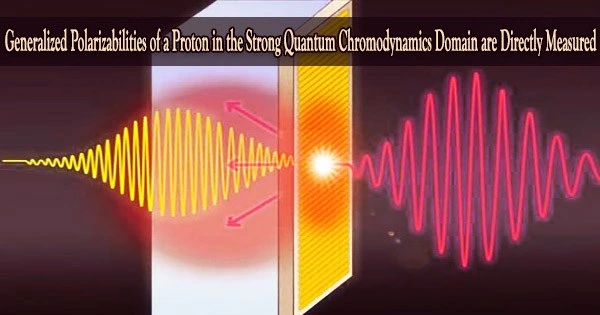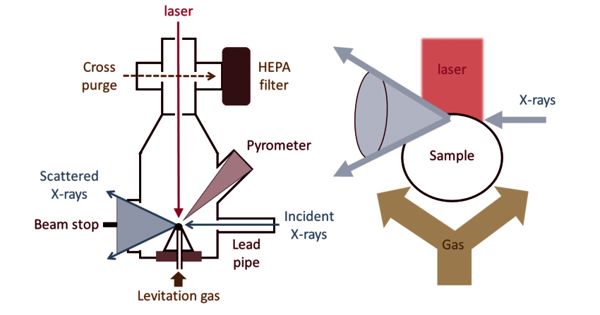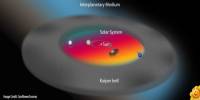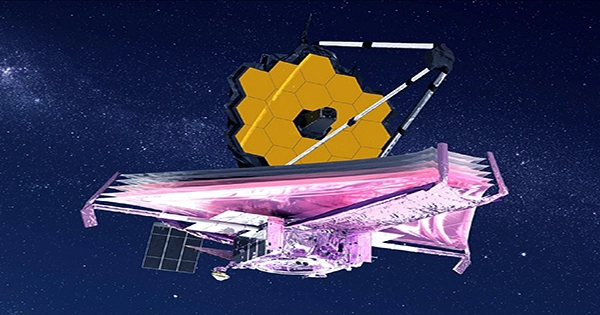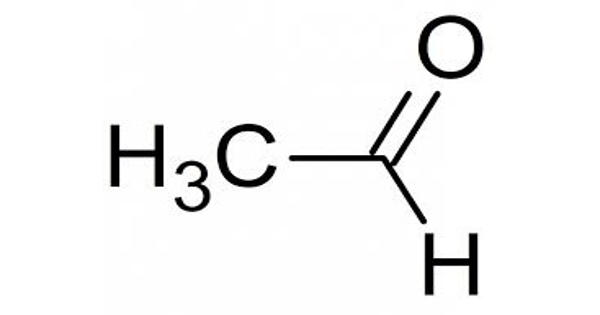The study of strong interactions between quarks, mediated by gluons, is known as quantum chromodynamics. Quarks are fundamental electric-charged particles that serve as the foundation for composite particles like hadrons and protons.
Particularly when it comes to interactions at low energies and with little momentum transfer, some characteristics of the strong interactions in the quantum chromodynamics regime remain poorly understood. Chiral perturbation theory is one theory that provides predictions for nucleonic generalized polarizabilities, or fundamental quantities explaining the nucleon’s reaction to an external field in quantum chromodynamics.
An effective field theory called chiral perturbation aligns with the predicted chiral symmetry of quantum chromodynamics. The quantum chromodynamics regime’s low-energy interactions are frequently studied using this theory, especially in terms of the chiral symmetry at its core.
Researchers at University of New Hampshire, University of Virginia, The College of William and Mary, and other institutes in the U.S. and China have recently tested the predictions of chiral perturbation theory in an experimental setting. Their paper, published in Nature Physics, offers a measurement of the spin structure and generalized polarizabilities of a proton in the strong quantum chromodynamics regime.
Our results show that this kind of data is really helpful to clarify how exactly the spin-dependent properties of the proton arise. We’ve been asked by our theory colleagues to expand these measurements to higher energy. It’s another very difficult experiment that will take years to run and analyze, but it should be completed.
Karl Slifer
“There are only a handful of characteristics that summarize the properties of the proton the mass, charge, etc.,” Karl Slifer, one of the researchers who carried out the study, told Phys.org.
“Given the proton’s role as a foundational particle in all visible matter, it’s really important that we understand these few properties well. About a decade ago it became clear that the theoretical understanding of one of these quantities known as a generalized spin polarizability was very unsatisfactory.”
The main goal of the most recent research by Slifer and his associates was to accurately quantify the generalized spin polarizability of a proton. They did this by directing an incident electron beam perpendicular to a solid polarized ammonia (NH3) target with a strong magnetic field.
“Our design causes a large deflection of the beam as it passes through the field on the way to the target,” Slifer explained. “Therefore, it required a lot of engineering to deliver the beam onto the target and years of analysis to extract the reaction cross section from the scattered electrons that emerged from the target.”
Using the measurements they collected, Slifer and his colleagues were able to characterize the internal spin structure of individual protons (i.e., subatomic particles found in the nucleus of atoms). From their data, they also extracted the proton’s longitudinal-transverse spin polarizability, twist-3 matrix element, and polarizability d2, crucial parameters estimated by chiral perturbation theory.
“There are two main groups of theorists who are performing calculations for this quantity,” Slifer said. “These groups employ slightly different approaches, but both predictions in principle follow directly from the same assumptions and symmetries as Quantum Chromodynamics (QCD). QCD is the theory of the strong force one of only four known forces in nature and direct tests of QCD are notoriously hard to come by.”
In the end, theoretical hypotheses must be tested in an experimental environment to determine their viability. The information acquired by Slifer and his associates can be used to verify chiral perturbation theory predictions, which will help us better comprehend the strong quantum chromodynamics domain and the generalized spin polarizabilities of protons.
“Transversely polarized proton data is historically scarce because these experiments are so difficult to run and to analyze,” Slifer added.
“But our results show that this kind of data is really helpful to clarify how exactly the spin-dependent properties of the proton arise. We’ve been asked by our theory colleagues to expand these measurements to higher energy. It’s another very difficult experiment that will take years to run and analyze, but it should be completed.”
